The People
The People
The Father of Causation - Aristotle In explaining causality Aristotle postulated four causes. These refer to a principle in Aristotelian thought whereby understanding of change or movement are classified into four fundamental types. I have tried to interpret them as best as I can and to sum it up it seems the four things are the material, the arrangement of the material, what acts upon it to change it and finally its function. Aristotle wrote that "we do not have knowledge of a thing until we have grasped its why, that is to say, its explanation." While there are cases where classifying an explanation is difficult, or in which classes of explanation might merge, Aristotle was convinced that his four classes of explanation provided an analytical scheme of general applicability. |
Father of Classical Physics - Newton Many hypotheses are based on empirical evidence and a model is built from this data, a causal hypothesis is grounded in understanding how things work, how they interact with their environment and from this model the expected results are predicted, then measured with the data used to support the hypothesis, to test its model against the reality that is based on the model. Newton’s hypotheses were grounded in causality “For every action there is an equal and opposite reaction” Newton's Third Law Forces result from interactions! Some forces result from contact interactions like frictional, applied forces and other forces are from an action-at-a-distance as in gravitational, electrical, and magnetic forces. According to Newton, whenever objects A and B interact with each other, they exert forces upon each other. When you sit in your chair, your body exerts a downward force on the chair and the chair exerts an upward force on your body. There are two forces resulting from this interaction - a force on the chair and a force on your body. These two forces are called action and reaction forces and are the subject of Newton's third law of motion as stated above. The statement means that in every interaction, there is a pair of forces acting on the two interacting objects. The size of the forces on the first object equals the size of the force on the second object. The direction of the force on the first object is opposite to the direction of the force on the second object. Forces always come in pairs - equal and opposite action-reaction force pairs. |
Relativity - Einstein To understand general relativity, first, let's start with gravity, the force of attraction that two objects exert on one another. Sir Isaac Newton quantified gravity in the same text in which he formulated his three laws of motion, the "Principia." “The only reason for time is so that everything doesn't happen at once.” - Einstein's famous quote Albert Einstein, in his theory of special relativity, determined that the laws of physics are the same for all non-accelerating observers, and he showed that the speed of light within a vacuum is the same no matter the speed at which an observer travels. As a result, he found that space and time were interwoven into a single continuum known as space-time. And events that occur at the same time for one observer could occur at different times for another. |
Bell's Theorem' - John Stewart Bell Bell himself fully acknowledged the relevance of causality in his 1990 review of the topic, though he remained unwilling to consider the alternative of retro causation. He clarified that the “locality” of local realism is merely shorthand for “local causality.” In his concluding paragraph he wrote, “The more closely one looks at the fundamental laws of physics the less one sees of the laws of thermodynamics. The increase of entropy emerges only for large complicated systems, in an approximation depending on ‘largeness’ and ‘complexity.’ Could it be that causal structure emerges only in something like a ‘thermodynamic’ approximation, where the notions ‘measurement’ and ‘external field’ become legitimate approximations?” Determinism Bell suggested a way to explain ‘spooky action at a distance’ (from quantum entanglement, non-locality) without breaking the rules on the speed of light. It involves absolute determinism in the universe, the complete absence of free will. Suppose the world is super-deterministic, with not just inanimate nature running on behind-the-scenes clockwork, but with our behavior, including our belief that we are free to choose to do one experiment rather than another, absolutely predetermined, including the ‘decision’ by the experimenter to carry out one set of measurements rather than another, the difficulty disappears. There is no need for a faster-than-light signal to tell particle A what measurement has been carried out on particle B, because the universe, including particle A, already ‘knows’ what that measurement, and its outcome, will be. Now that has some serious ramifications! |
The Father of the Quantum - Max Planck Max Planck, a German physicist, introduced the constant h, Planck’s constant, in 1900 when he demonstrated that energy comes in discrete packets when emitted or absorbed. The energy E of each quantum, or each photon of light, equals Planck’s constant h times the frequency of that radiation symbolized by the Greek letter nu, ν, or simply E = hν where v is the frequency. A modified form of Planck’s constant called h-bar (ℏ), or the reduced Planck’s constant, in which ℏ equals h divided by 2π, is the quantization of angular momentum. For example, the angular momentum of an electron bound to an atomic nucleus is quantized and can only be a multiple of h-bar. This is demonstrated by the photoelectric effect. That is when an electron is freed by shining light onto the metal surface. The energy only comes in packets that are proportional to the product of the frequency of the light and the constant called Planck's constant. The dimension of Planck’s constant is the product of energy multiplied by time or joule-seconds, a quantity called action. Planck’s constant is the elementary quantum of action. Its value in metre-kilogram-second (MKS) units is defined as exactly 6.62607015 × 10-34 joule-second. |
The One Who Discovered PSI - Erwin Schrödinger Erwin Schrödinger was a Nobel Prize-winning Austrian physicist. He developed many fundamental results in the field of quantum theory, which formed the basis of wave mechanics: he formulated the wave equation (stationery and time-dependent Schrödinger equation) and revealed the identity of his development of the formalism and matrix mechanics. Schrödinger proposed an original interpretation of the physical meaning of the wave function. He also authored books in statistical mechanics and thermodynamics, physics of dielectrics, colour theory, electrodynamics, general relativity, and cosmology, and he made several attempts to construct a unified field theory. He is also known for his "Schrödinger's cat" thought experiment. The Schrodinger equation is used to find the allowed energy levels of quantum mechanical systems using wave functions. The associated wavefunction gives the probability of finding the particle at a certain position. The solution to this equation is a wave that describes the quantum aspects of a system and all probable states. |
The Universe is Waves - Louis Pierre Raymond de Broglie A French physicist who made ground-breaking contributions to quantum theory. In 1924 PhD he postulated that electrons have a wave nature and suggested that all matter has wave properties. This concept is the de Broglie hypothesis, an example of wave–particle duality, and is a central part of the theory of quantum mechanics. Erwin Schrödinger used the pilot-wave model, and the wave-like behaviour of particles discovered by de Broglie in his formulation of wave mechanics. The pilot-wave model is where a particle is being moved by a wave. This interpretation was abandoned, in favor of the quantum formalism, until 1952 when it was rediscovered and enhanced by David Bohm. λ=h/mv Louis de Broglie was the sixteenth member elected to occupy seat 1 of the Académie Française in 1944 and served as Perpetual Secretary of the French Academy of Sciences. De Broglie became the first high-level scientist to call for establishment of a multi-national laboratory, a proposal that led to the establishment of the European Organization for Nuclear Research (CERN). |
Stuff comes from Tiny Strings - Brian Greene Brian Greene is a string theorist. He states that in quantum mechanics there is A causing B. The equations do not stand outside that usual paradigm of physics. The real issue is that the kinds of things you predict in quantum mechanics are different from the kinds of things you predict using general relativity. Quantum mechanics, that big, new, spectacular remarkable idea is that you only predict probabilities, the likelihood of one outcome or another. That's the new idea. General relativity is in the old Newtonian framework where you predict what will happen, not the probability of what will happen. And putting together the probabilities of quantum mechanics with the certainty of general relativity, that's been the big challenge and that's why we have been excited about string theory, as it's one of the only approaches that can put it together. Professor Greene is world-renowned for his groundbreaking discoveries in the field of superstring theory, including the co-discovery of mirror symmetry and the discovery of spatial topology change. He is the director of Columbia’s Center for Theoretical Physics. Professor Greene is known to the public through his New York Times best selling books and numerous media appearances from the Late Show with Stephen Colbert to Charlie Rose. The Washington Post called him “the single best explainer of abstruse concepts in the world today. |
The Universe Obeys Patterns - Sean Carroll Sean Carroll says that the idea that “cause and effect” isn’t fundamental to the workings of the universe and that it hasn’t spread as widely as it should have, despite the efforts of smart people such as Bertrand Russell. In the first section of the book (The Big Picture) Sean sketches how we moved from a picture of the universe animated by causes and reasons to one that obeys patterns, without the need for anything to cause it or sustain it. Of course, the idea of causality is still crucial to our everyday lives, so he talks a bit about how cause-and-effect relations are emergent phenomena in a macroscopic world with a pronounced arrow of time. Now this IS interesting. Causality being an emergent phenomenon of quantum patterns? I think that’s what he meant or perhaps he meant that cause and effect are the human interpretation of the patterns we understand. Cannot cause and effect be down at the quantum level? |
The Universe is Not Deterministic - Michio Kaku He clearly states that Einstein was wrong about ‘playing dice with the universe’. He says that due to Heisenberg’s uncertainty principle that clearly indicates that the universe is not deterministic. He also adds, from an interview with Scientific American published November 24th 2003, that wormholes exist and you should be able to go through them traveling in time much like traveling between floors of a building in an elevator. This freedom in the time axis indicates that determinism is not what it’s all about. Michio Kaku is a string theorist, if we are to label him, but his explorations are much more than that. |
The Universe is Timeless - Julian Barbour If a universe is composed of timeless instants in the sense of configurations of matter that do not endure, one could nonetheless have the impression that time flows, Barbour asserts. The stream of consciousness and the sensation of the present, lasting about a second, is all in our heads, literally. In our brains is information about the recent past, but not as a result of a causal chain leading back to earlier instants. Rather, it is a property of thinking things, perhaps a necessary one to become thinking in the first place, that this information is present. In Barbour's words, brains are "time-capsules". In order to explain away the widely shared stance about past events, Barbour analyses in detail how (historical) 'records' are created. Except for the inexistence of time, he admits that John Bell had already solved most difficulties. |
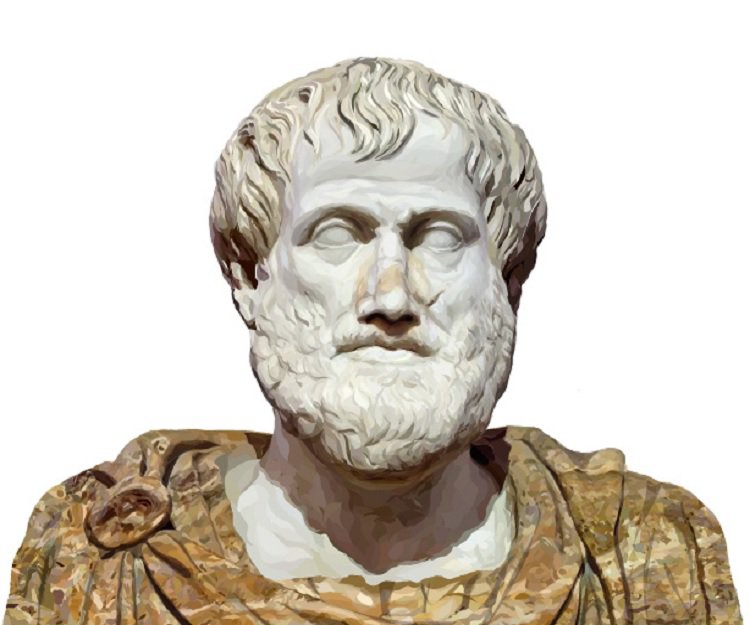
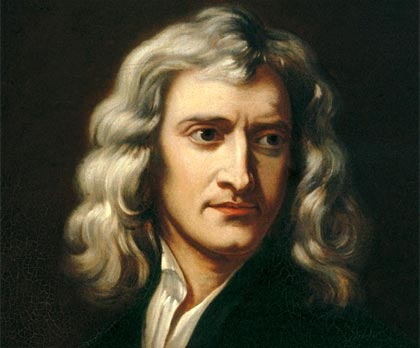
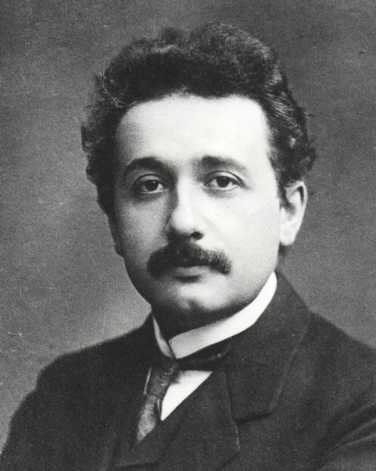
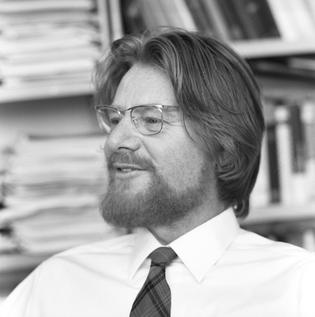
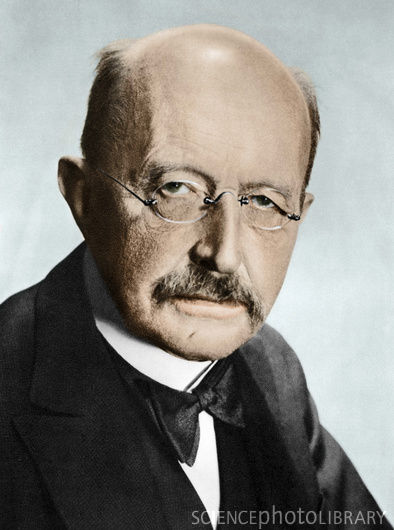
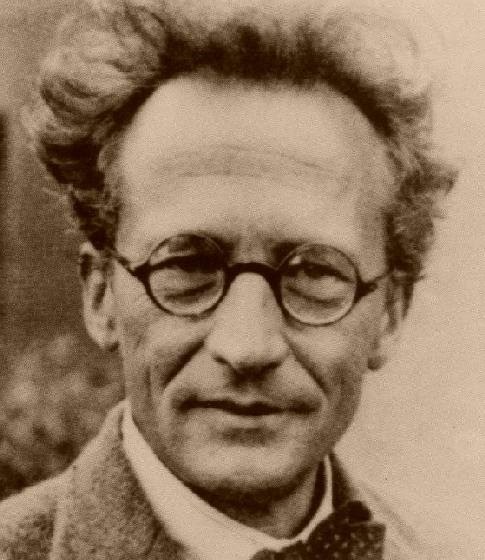
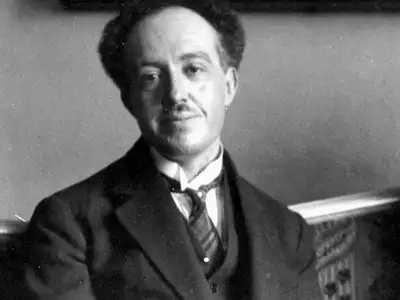
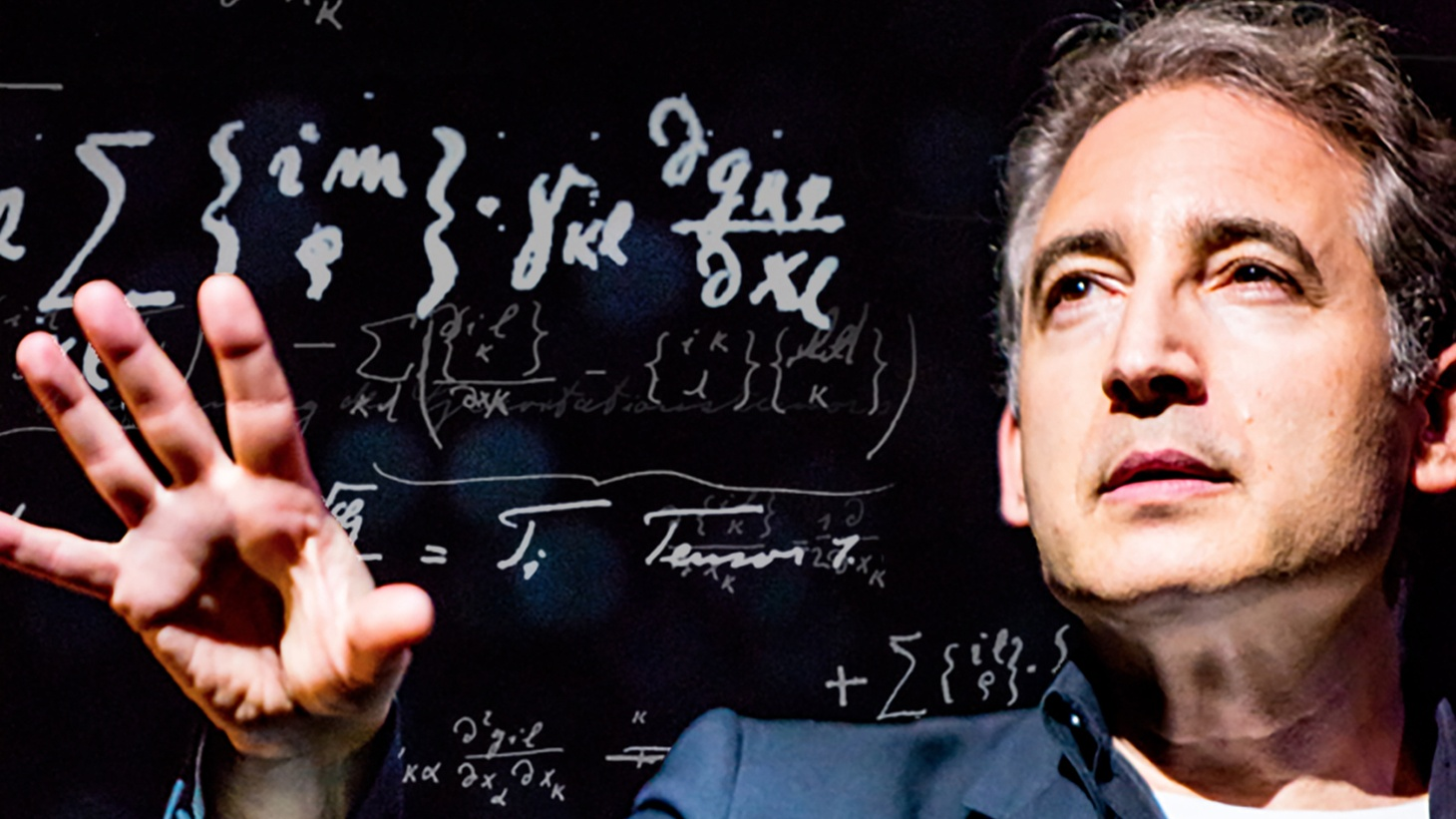
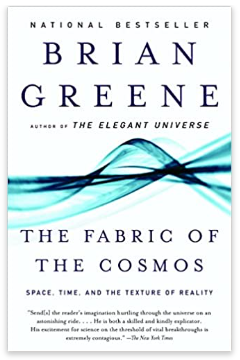
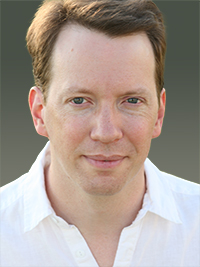
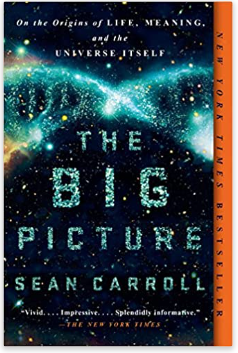
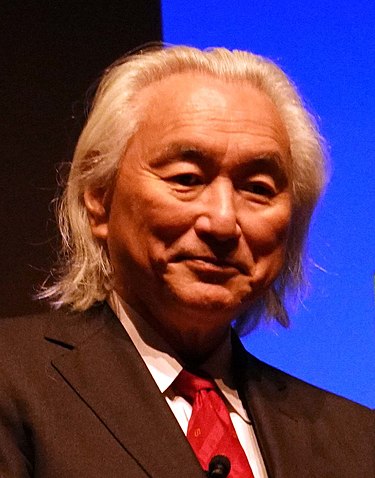
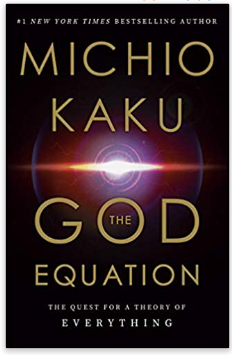

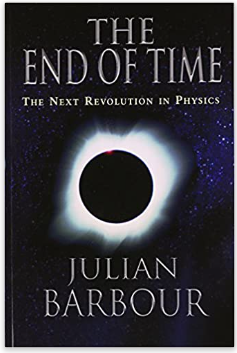
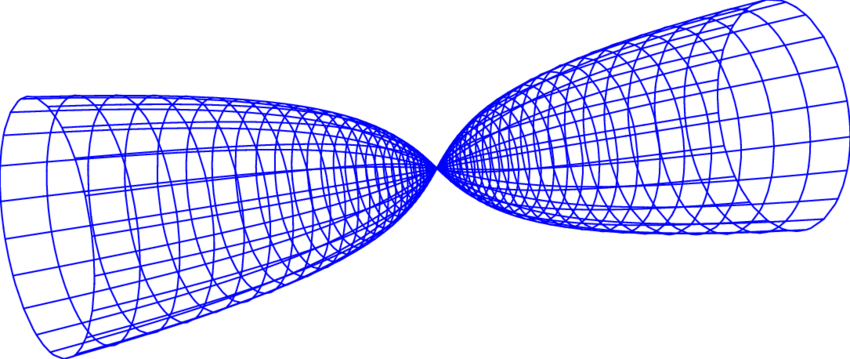
Comments
Post a Comment